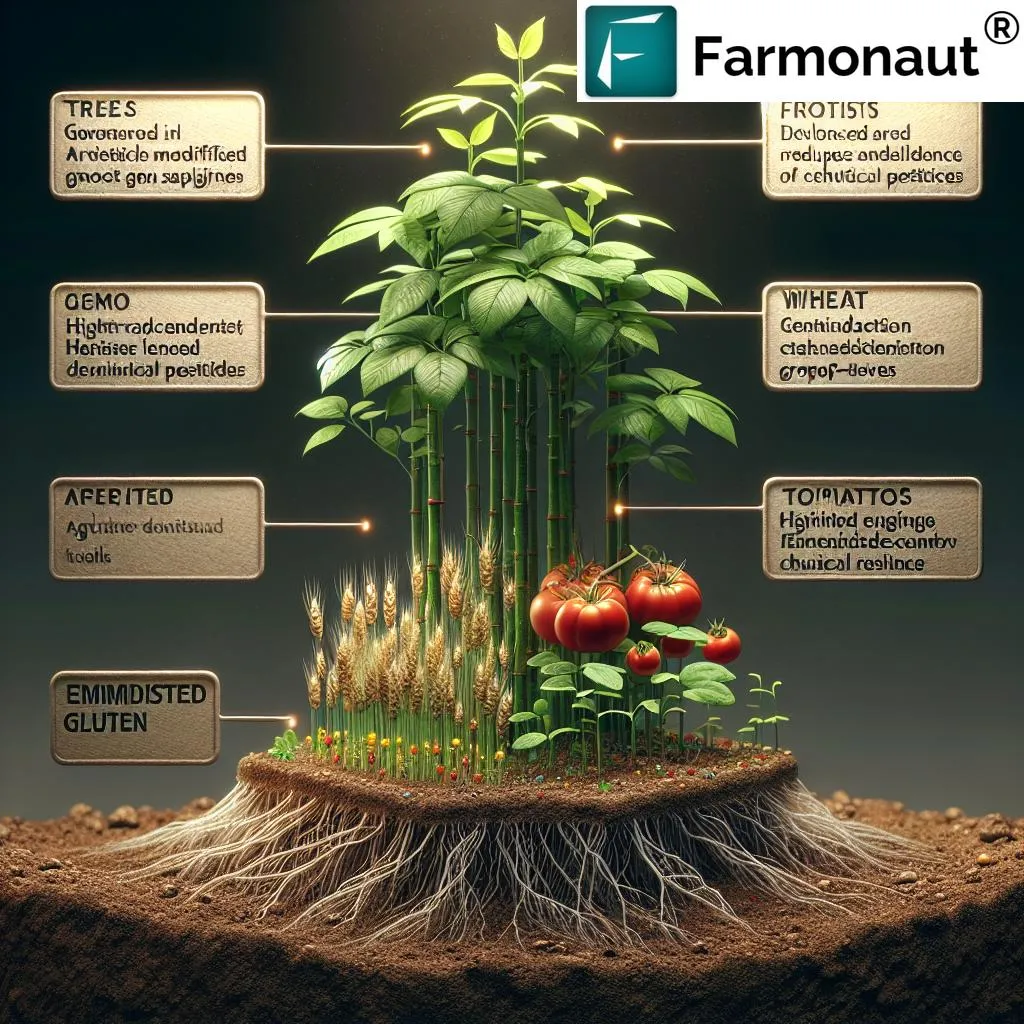In the heart of China, a team of researchers has unlocked new insights into the biosynthesis of chlorogenic acid (CGA) and lignin in Tetrastigma hemsleyanum, a perennial herb with significant commercial potential. The study, led by Erkui Yue from the Institute of Crop and Ecology at the Hangzhou Academy of Agricultural Sciences, provides a genomic roadmap that could revolutionize the agricultural sector, particularly in the realm of high-value crop breeding.
Tetrastigma hemsleyanum, a member of the Vitaceae family, is known for its production of 5-caffeoylquinic acid, commonly referred to as chlorogenic acid. This compound is highly sought after for its antioxidant properties and potential health benefits, making it a valuable commodity in the food, pharmaceutical, and cosmetic industries. However, until now, the genomic sequences and resources necessary for accelerating the breeding of high-CGA varieties have been lacking.
The research team assembled the high-quality genome of Tetrastigma hemsleyanum at the chromosome level, a significant achievement that opens doors to targeted genetic modifications. By integrating transcriptome and metabolome analyses, the scientists provided a comprehensive overview of the gene network associated with CGA biosynthesis and leaf development. This holistic approach allowed them to identify key enzymes and regulatory mechanisms that could be harnessed to enhance CGA production.
Two enzymes, hydroxycinnamoyl-CoA shikimic/quinate transferase (ThHCT) and hydroxycinnamoyl-CoA quinate transferase (ThHQT), were found to play crucial roles in the process. “ThHQT is specifically expressed in leaves and is highly efficient in catalyzing CGA formation from caffeoyl-CoA and quinic acid,” explained Yue. “This makes it a prime target for genetic engineering to boost CGA levels in Tetrastigma hemsleyanum.”
In contrast, ThHCT was found to be less active in CGA synthesis but showed a notable ability to catalyze the reverse reaction, converting CGA into quinic acid. This discovery highlights ThHCT’s potential role in lignin biosynthesis, a finding that could have far-reaching implications for the development of bio-based materials and the paper industry.
The study also identified a new transcription factor, ThHD-ZIP1, which binds to the ThHQT promoter and significantly enhances its mRNA level. This regulatory mechanism provides an additional lever for manipulating CGA biosynthesis, offering yet another avenue for crop improvement.
The commercial impacts of this research are substantial. By providing valuable genomic resources and insights into the biosynthesis of high-value compounds, the study lays the groundwork for the development of superior Tetrastigma hemsleyanum varieties. These advancements could lead to increased yields, improved crop resilience, and enhanced product quality, ultimately benefiting farmers, processors, and consumers alike.
Moreover, the findings contribute to our understanding of lignin biosynthesis, a process that has long been a focus of research due to its importance in plant structure and biofuel production. By elucidating the roles of ThHQT and ThHCT, the study offers new perspectives on how to optimize lignin content and composition, paving the way for innovative applications in the bioeconomy.
Published in the journal ‘Industrial Crops and Products’, this research represents a significant step forward in the field of agritech. As the global demand for sustainable and high-value agricultural products continues to grow, the insights provided by Yue and his team will be instrumental in shaping the future of crop breeding and biotechnology.
In the words of Yue, “This study not only enhances our understanding of CGA and lignin biosynthesis but also provides a foundation for future molecular breeding efforts. We are excited about the potential applications of our findings and the positive impact they could have on the agricultural sector.”
As the world grapples with the challenges of climate change, food security, and sustainable development, research like this offers a beacon of hope. By harnessing the power of genomics and biotechnology, we can unlock the full potential of crops like Tetrastigma hemsleyanum, creating a more resilient and prosperous future for all.

